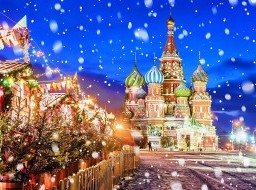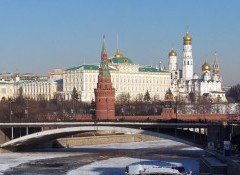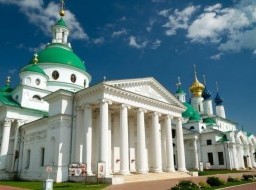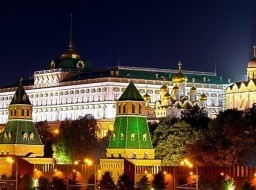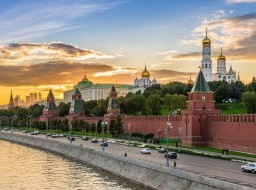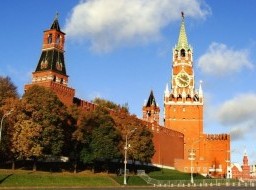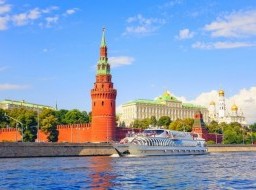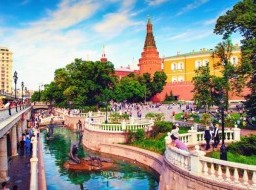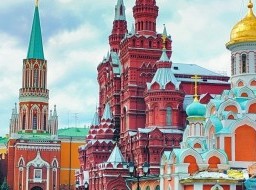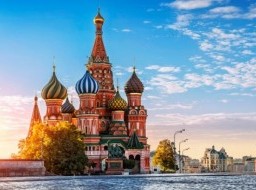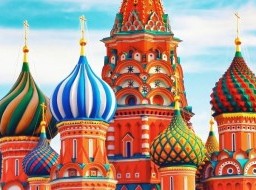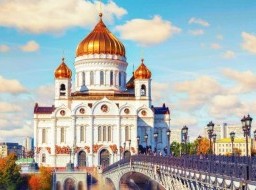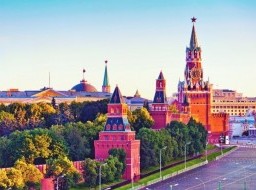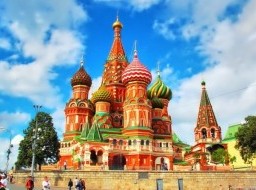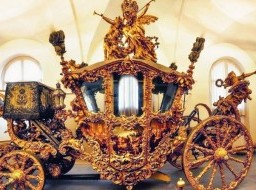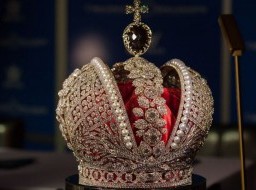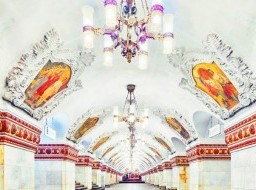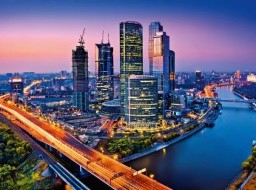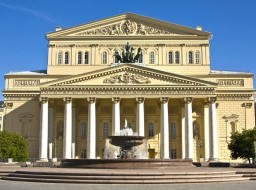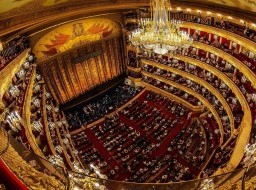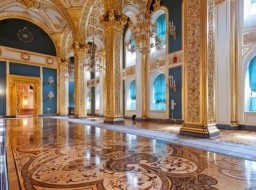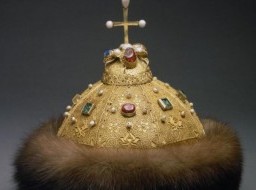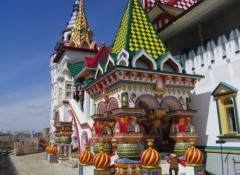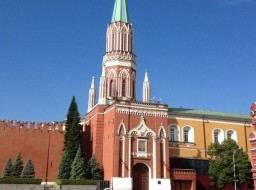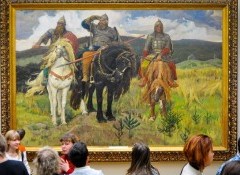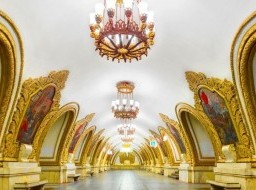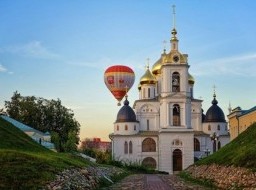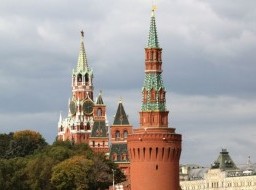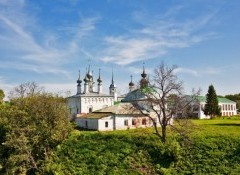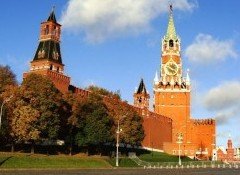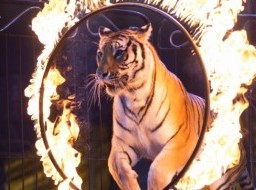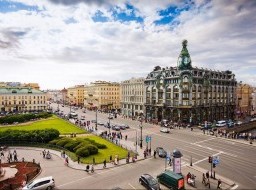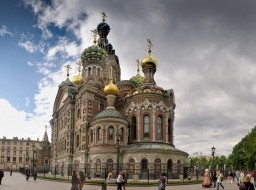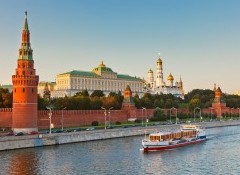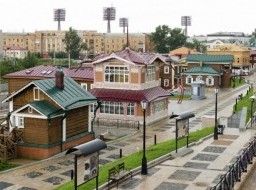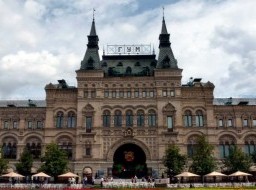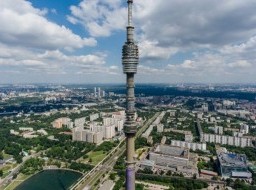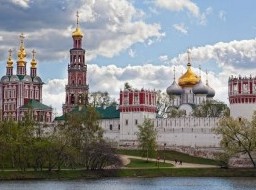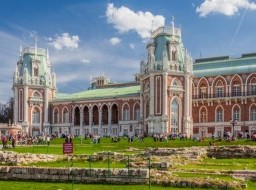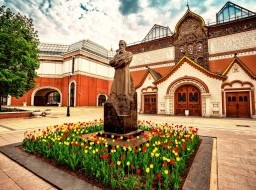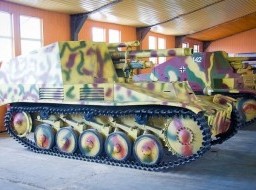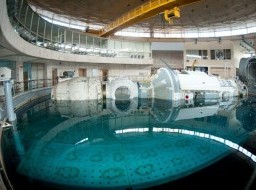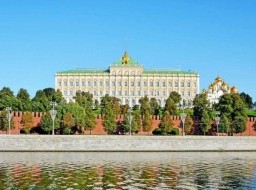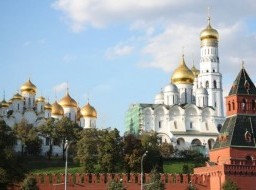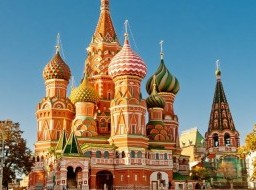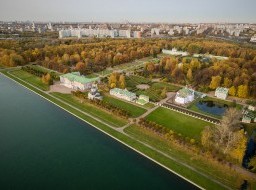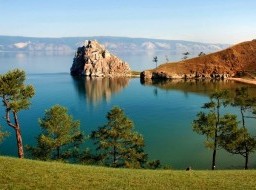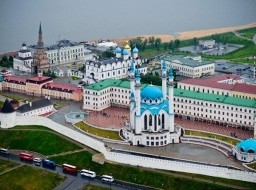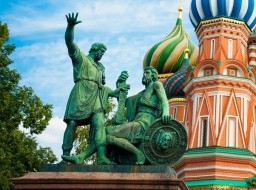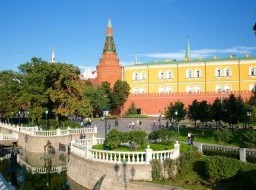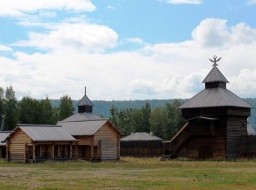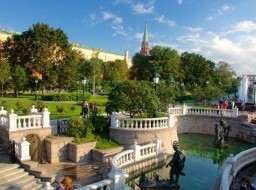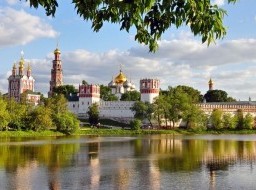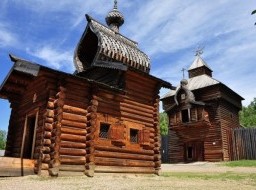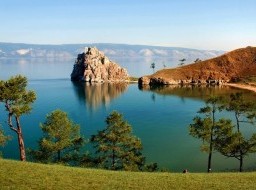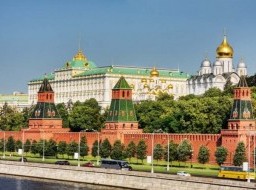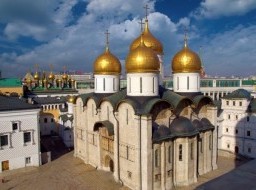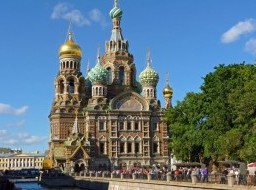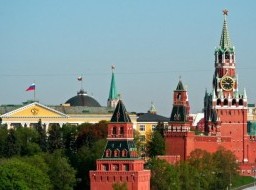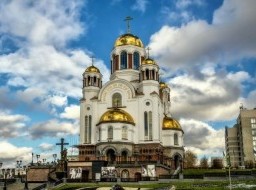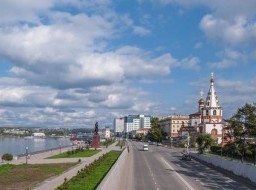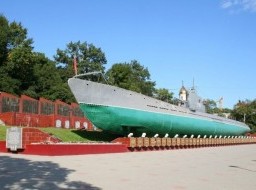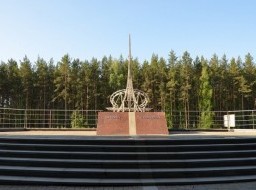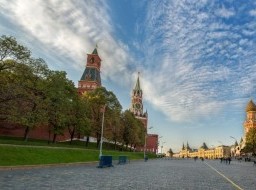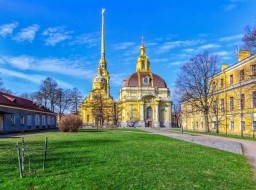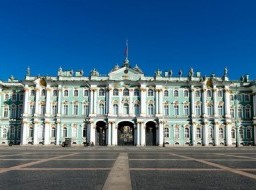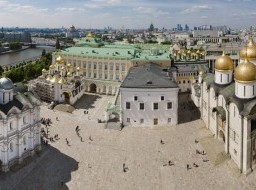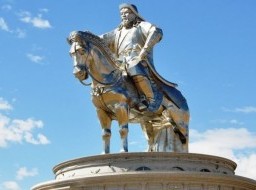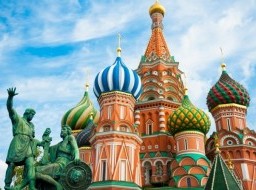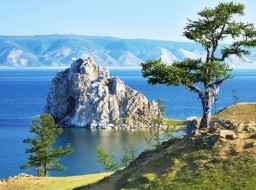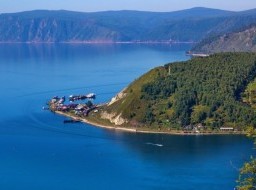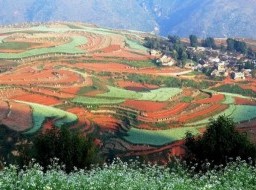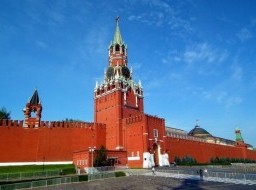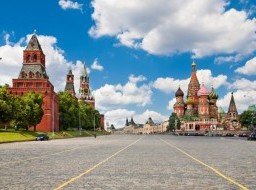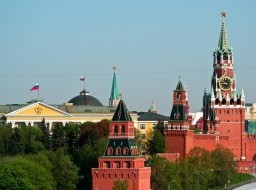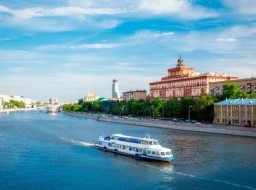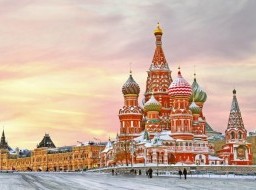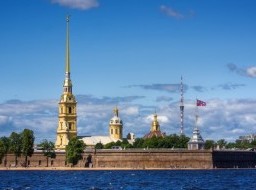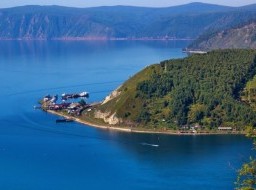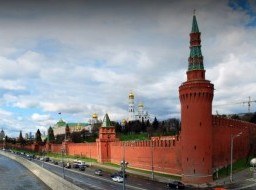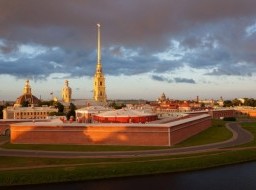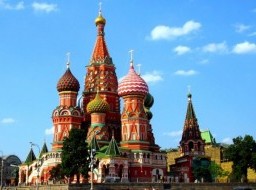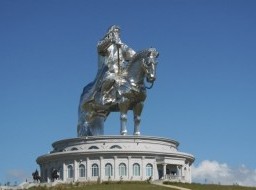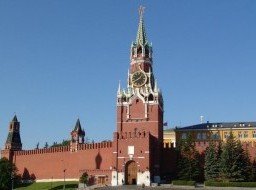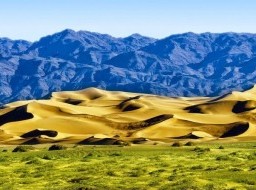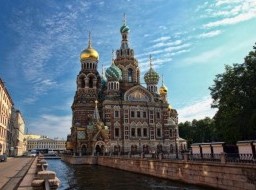Red Square
The famous Red Square is located in the heart of Moscow. Of course, no trip to Russia would be complete without a visit to Red Square, perhaps Russia's most well known place, and possibly the most famous city square in the world. It is Russia’s most recognizable landmark and is usually tourists first stop in Moscow. It is surrounded by Saint Basil’s Cathedral, the State History Museum, Lenin’s Mausoleum and the Kremlin. Visitors will have access to these attractions, the varied beauty of the architecture and the magical atmosphere. The square’s name derives from the word "krasnyi", which once meant “beautiful”. It evokes an incredible sense of import to stroll across a place where so much of Russian history unfolded. The Red Square was also used for various public ceremonies and proclamations, and occasionally as the site of coronation for Russia's czars. The square has been gradually built up since that point and has been used for official ceremonies by all Russian governments since it was established.Today it's hard to think of a place that is more beloved of Muscovites and visitors to the city. The combination makes Red Square a truly fascinating place that you'll want to come back to again and again. The Red Square was meant to serve as Moscow's main marketplace. It was also used for various public ceremonies and proclamations, and occasionally as the site of coronation for Russia's czars. The square has been gradually built up since that point and has been used for official ceremonies by all Russian governments since it was established. The name Red Square derives neither from the colour of the bricks around it (which, in fact, were whitewashed at certain points in history) nor from the link between the colour red and communism. Rather, the name came about because the Russian word красная (krasnaya) can mean either "red" or "beautiful" (the latter being archaic). This word, with the meaning "beautiful", was originally applied to Saint Basil's Cathedral and was subsequently transferred to the nearby square. Several ancient Russian towns, such as Suzdal, Yelets, and Pereslavl-Zalessky, have their main square named Krasnaya ploshchad, namesake of Moscow's Red Square. The name became official in the middle of the 17th century - previously it had been Trinity Square, due to the Trinity Cathedral, the predecessor of St. Basil's. Popularly, it was also known as 'Fire Square', reflecting the number of times medieval Moscow burned. During the Mongol and Tartar invasions, it was the site of fierce fighting, and right up until the end of the 17th century cannon stood ready to defend the square. At the southern end of Red Square, framed by the massive facades of the Kremlin and GUM, stands the icon of Russia: St Basil’s Cathedral. This crazy confusion of colours, patterns and shapes is the culmination of a style that is unique to Russian architecture. Before St Basil’s, this style of tent roofs and onion domes had been used to design wooden churches. In 1552 Ivan the Terrible captured the Tatar stronghold of Kazan on the feast of Intercession. He commissioned this landmark church, officially the Intercession Cathedral, to commemorate the victory. From 1555 to 1561 architects Postnik and Barma created this masterpiece that would become the ultimate symbol of Russia. The cathedral’s apparent anarchy of shapes hides a comprehensible plan of nine main chapels: the tall, tent-roofed one in the centre; four big, octagonal-towered ones, topped with the four biggest domes; and four smaller ones in between. Legend has it that Ivan had the architects blinded so they could never build anything comparable. This is a myth, however, as records show that they were employed a quarter of a century later (and four years after Ivan’s death) to add an additional chapel to the structure. The misnomer St Basil’s actually refers only to this extra northeastern chapel. It was built over the grave of the barefoot holy fool Vasily (Basil) the Blessed, who predicted Ivan’s damnation. Vasily, who died while Kazan was under siege, was buried beside the church that St Basil’s soon replaced. He was later canonised. In the past, Red Square was typically associated with stone faced Soviet leaders watching parades of military hardware from their review stand atop Lenin's Mausoleum. Today the square is quieter, and more friendly, with the most expensive shopping in Russia along the shops in the mall. Since Perestroika the emphasis has moved away from official pomp, and Red Square has been used increasingly for rock concerts, big classical music performances and a whole range of large-scale events from fashion shows to festivals of circus art. Now it is one of the most beautiful squares not only in Russia, but all over the world. No wonder that this unique architectural ensemble is recognized as a UNESCO World Heritage Site. |
|
